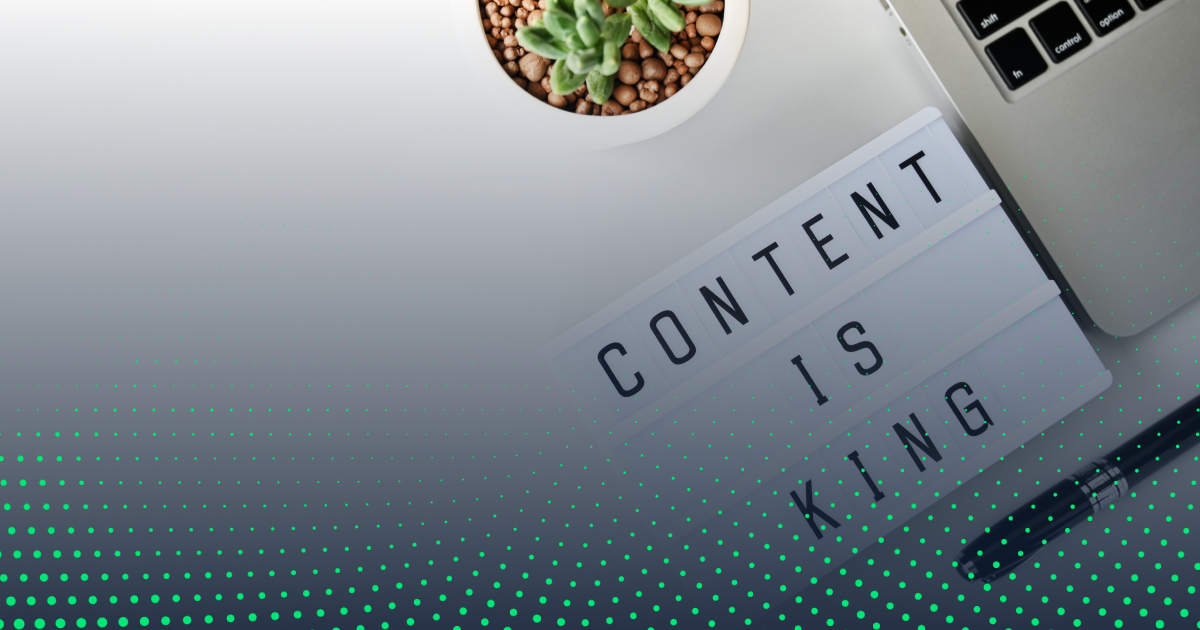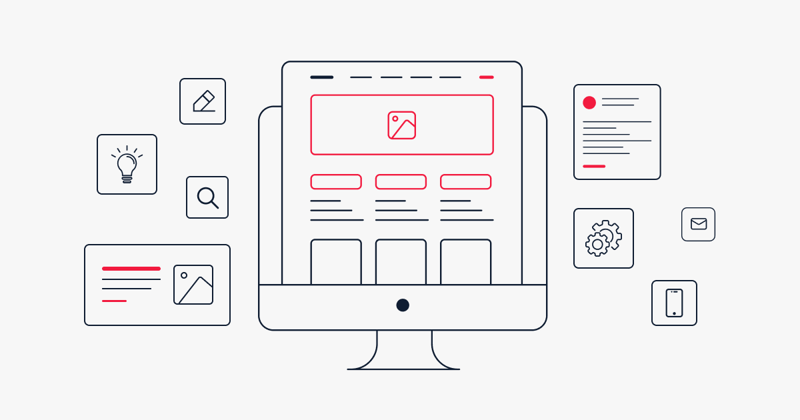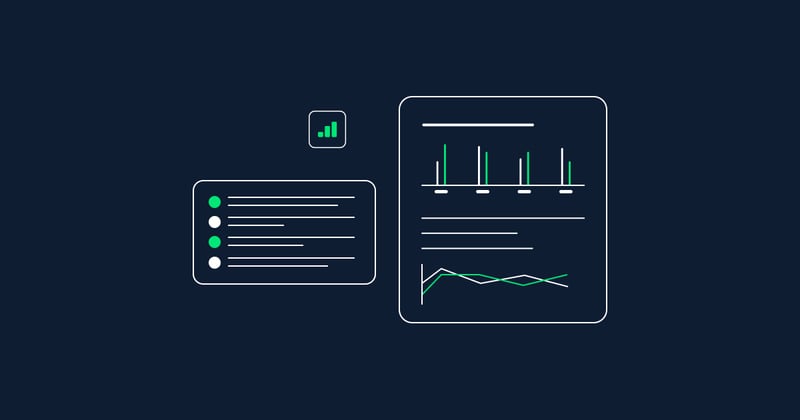One of the biggest challenges with inbound marketing is content creation. In this post, we look at the different types of content that businesses can create to suit their buyers’ journeys. We also look at the three separate and identifiable phases that prospective customers go through before they decide to buy a product or service. Being aware of how to tap into this process to promote a business product or service will lead to tangible benefits.
Three Stages of Buying A Service or Product
- Awareness Stage
- Consideration Stage
- Decision Stage
Each step is vital and has distinct aspects that we should take into account. It is crucial to deliver the right content to the right potential buyer at the right time. Accordingly, we need to know at which stage the readers of digital content will find most helpful. To achieve this principal aim, we should consider some critical research into site visitor behaviour, along with the three stages of the buyer’s journey.
1. Awareness Stage
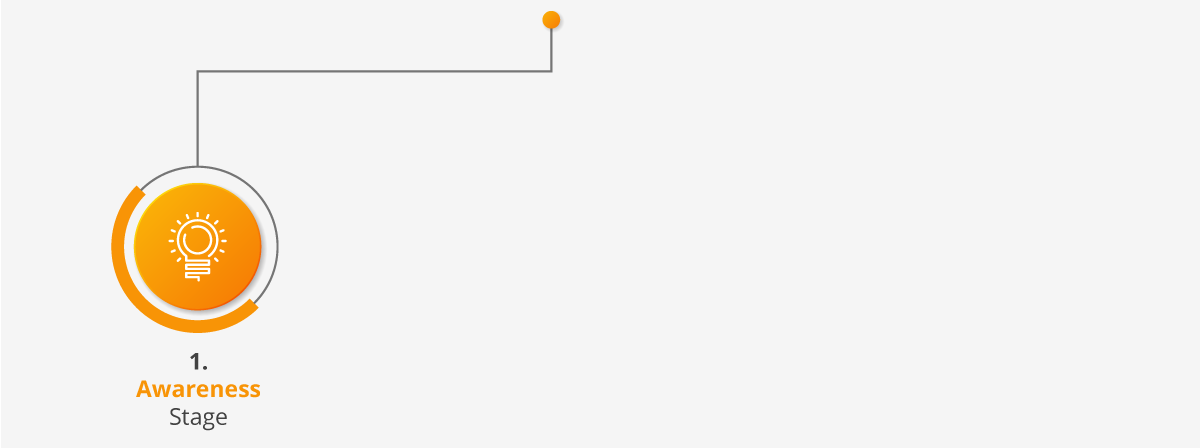
During this phase, prospective buyers will have started noticing symptoms of a requirement that they want or need to address. The awareness stage consists of reading and considering market research and analyst reports, as well as books and other editorial content. Also, buyers might well take expert input such as educational information or white papers into account, when available and relevant.
At this stage, we create and design content so that the prospect sees and feels that his or her need is being dealt with – whether this is a problem, an experience or the details of a potential opportunity in which he or she might wish to become involved. When fully aware, prospective buyers will have defined their problems or needs and will now be committed to finding a solution.
Types of awareness stage content:
- Analyst reports
- Research reports
- eBooks
- Editorial content
- Whitepapers
- Educational content
2. Consideration Stage

Next, the consideration stage sees the prospect with clearer ideas and contemplating a possible purchase. He or she has already quantified or given a name to the opportunity or the issue. Significantly, during the consideration phase, prospects might decide to research all the available solutions and options in the marketplace.
At this point, we might create expert guides and live interaction, as well as using video footage or podcasts and webcasts. Comparison of whitepapers may also have a role to play, especially in high-value propositions – or when decisions require considerable technical input.
Types of consideration stage content:
- Expert Guides
- Live Interactions
- Webcast
- Podcast
- Video
- Comparison whitepapers
3. Decision Stage
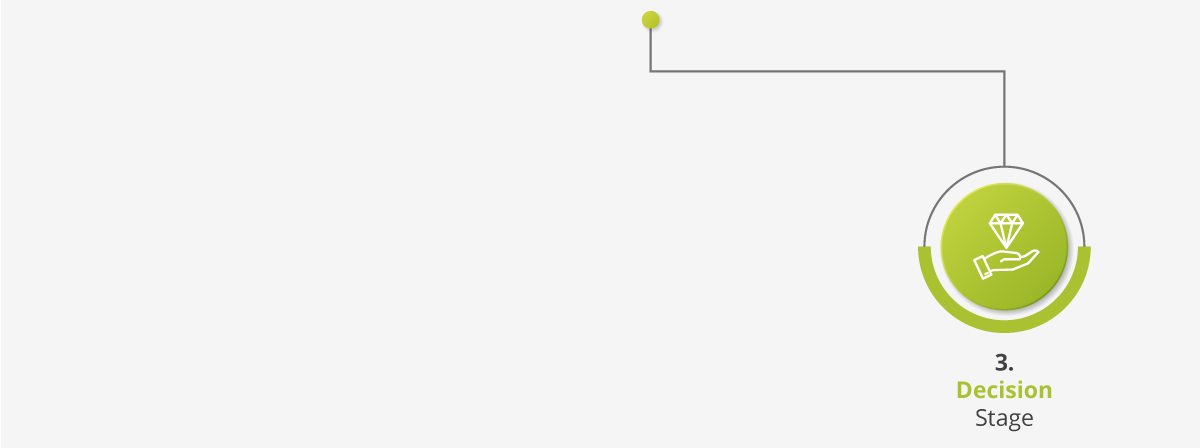
Thirdly comes the decision phase. We expect that by now, the prospect has decided on the method, approach or solution. Appropriate content at this final point will include a comparison of vendors or products, along with case studies and product literature. It is at this vital decision-making point that we emphasise the USP (unique selling proposition) of the product or service on offer.
Also, at this last hurdle, prospective customers usually formulate a list of potential suppliers, products and services while looking for qualifiers that enable its reduction to a short list of stronger contenders. Consequently, a live demonstration or a trial download could be ideal for involving the prospect so that he or she becomes a new customer.
Types of decision stage content:
- Vendor comparison
- Product comparison
- Case studies
- Trial download
- Product Literature
- Live Demo








